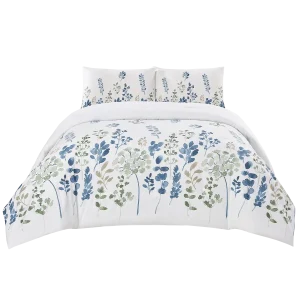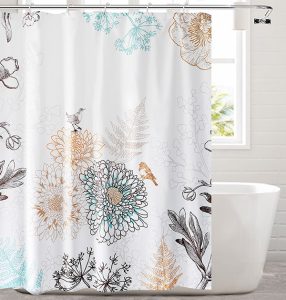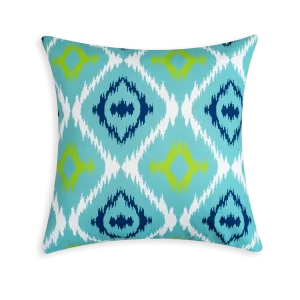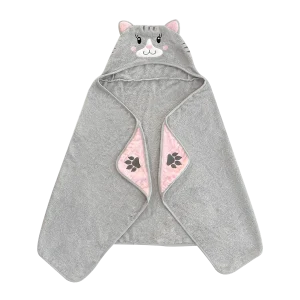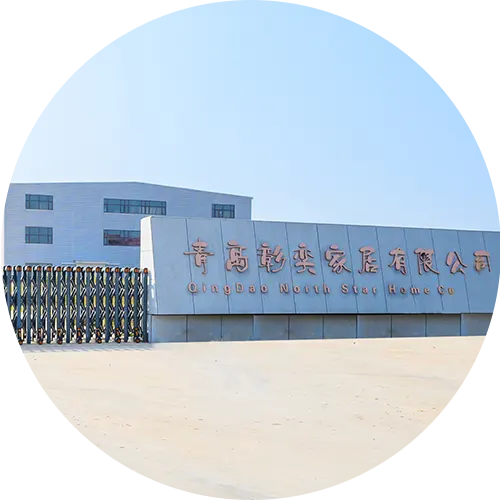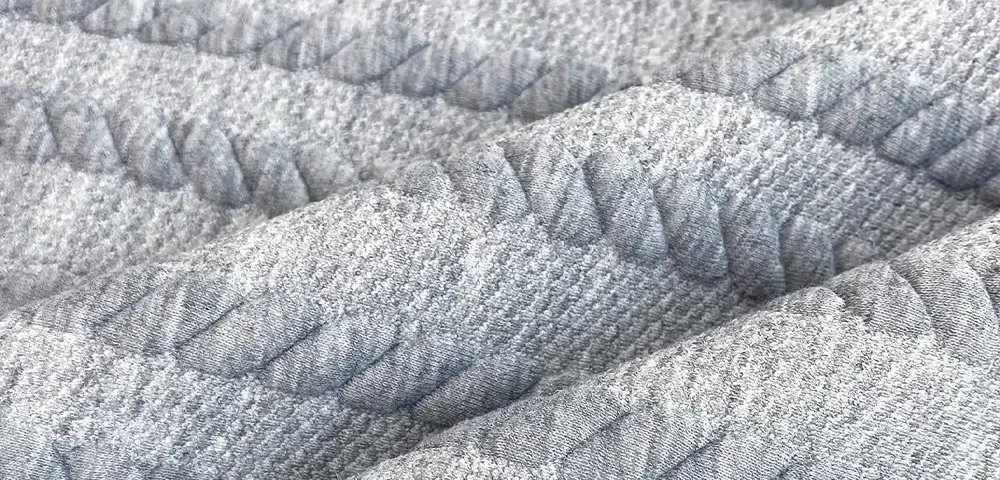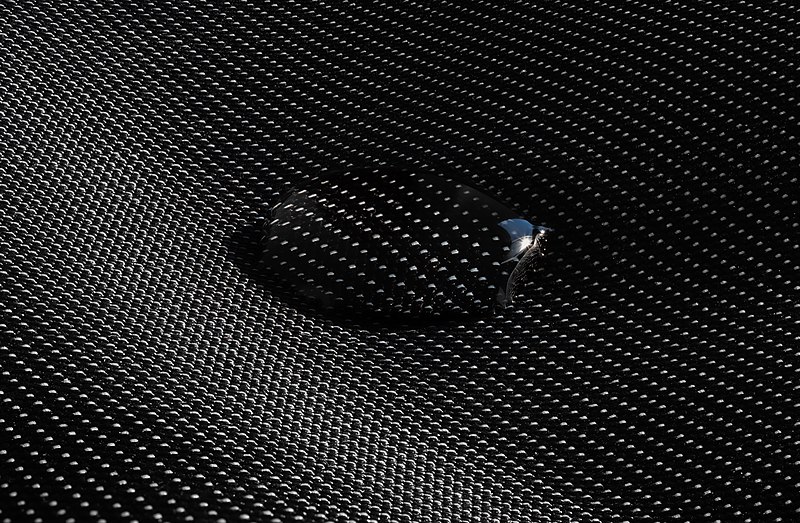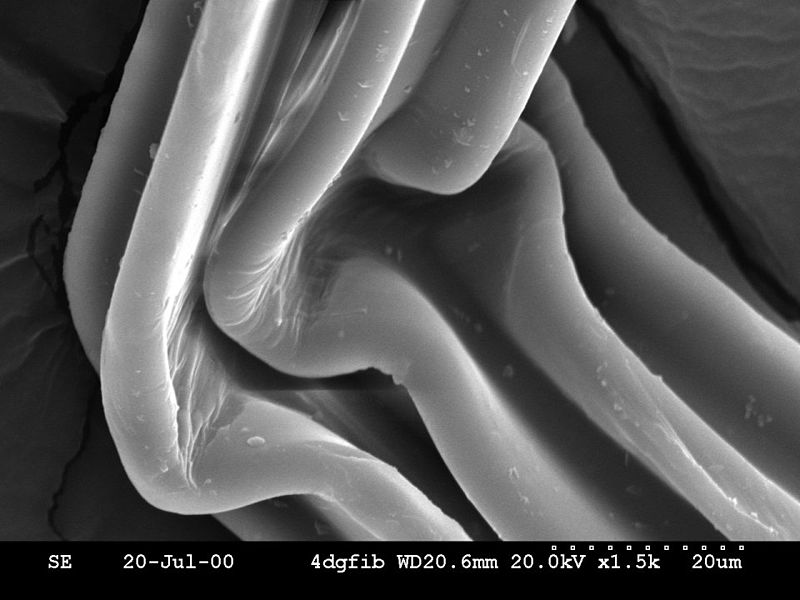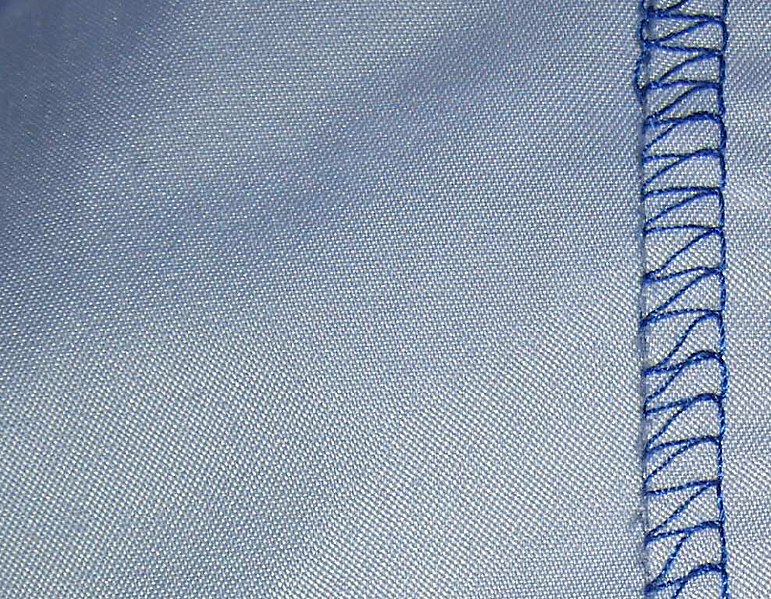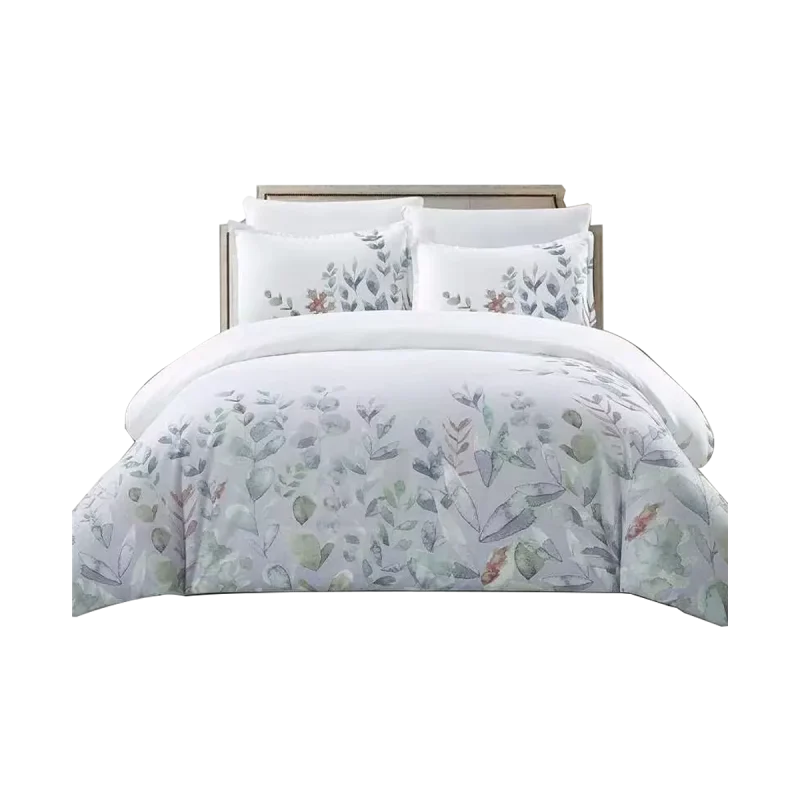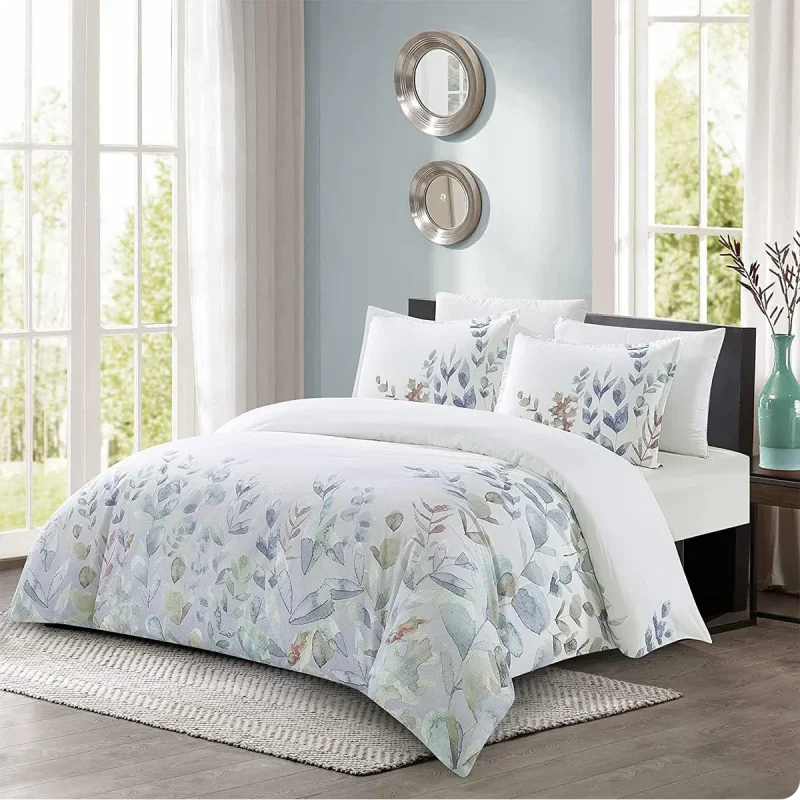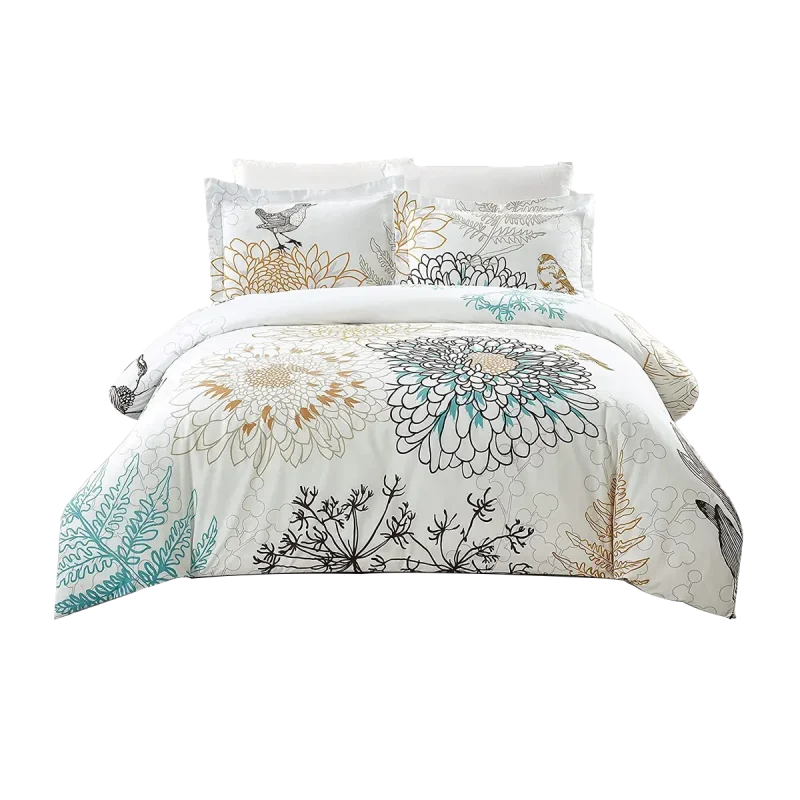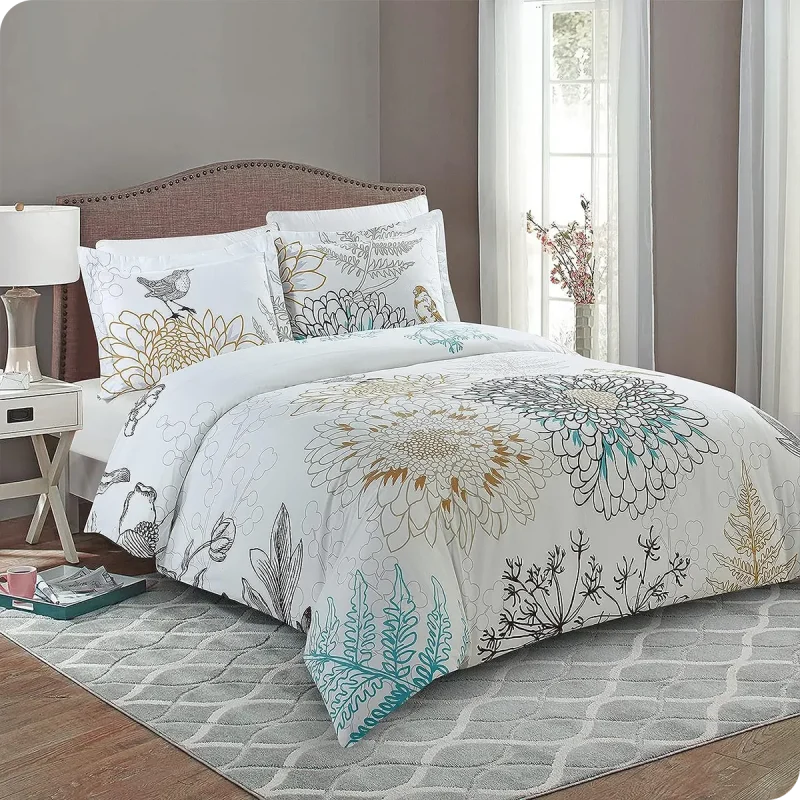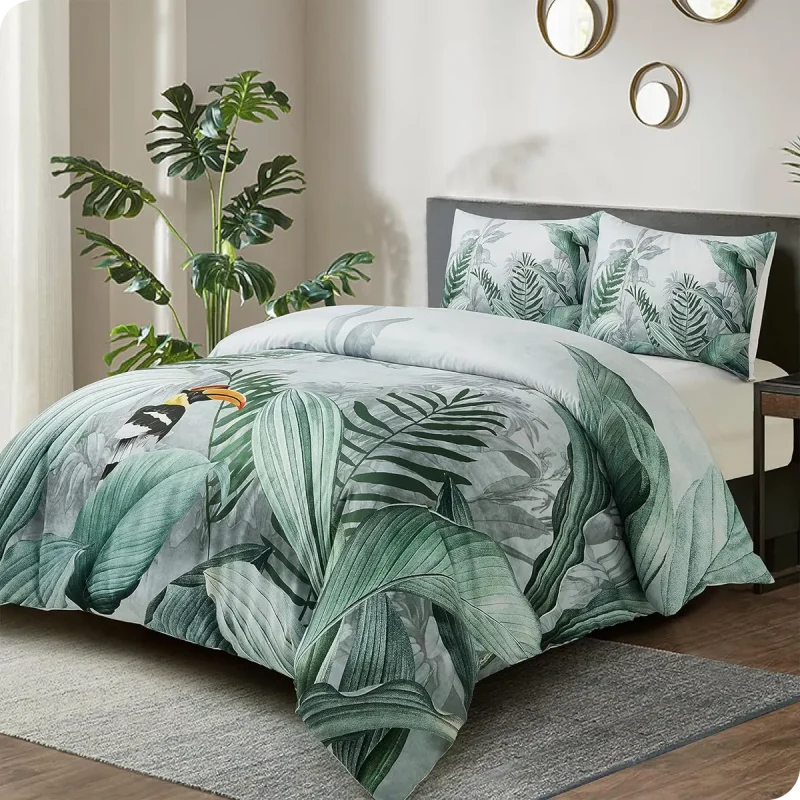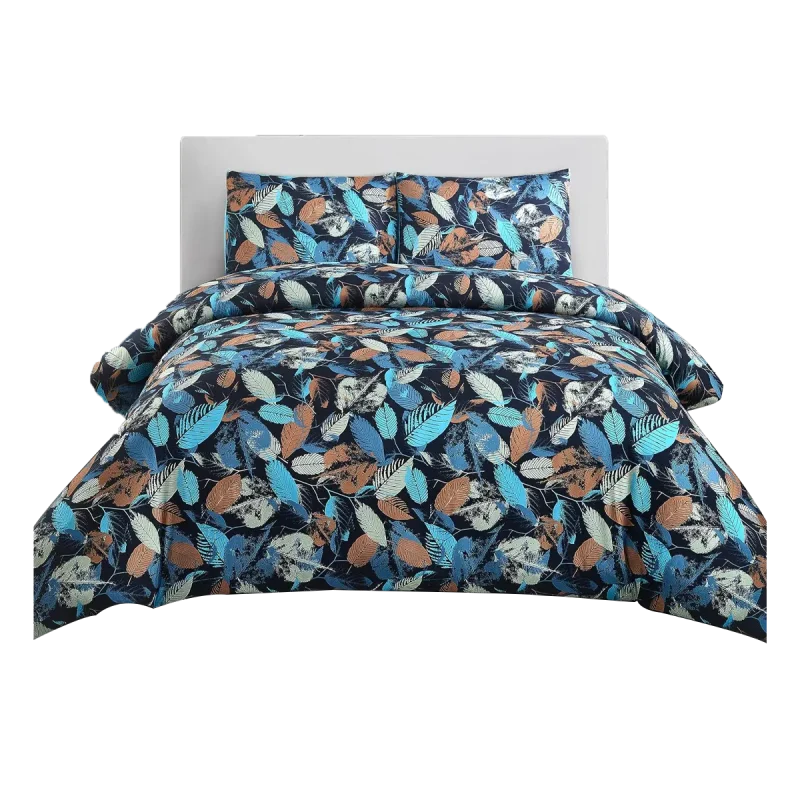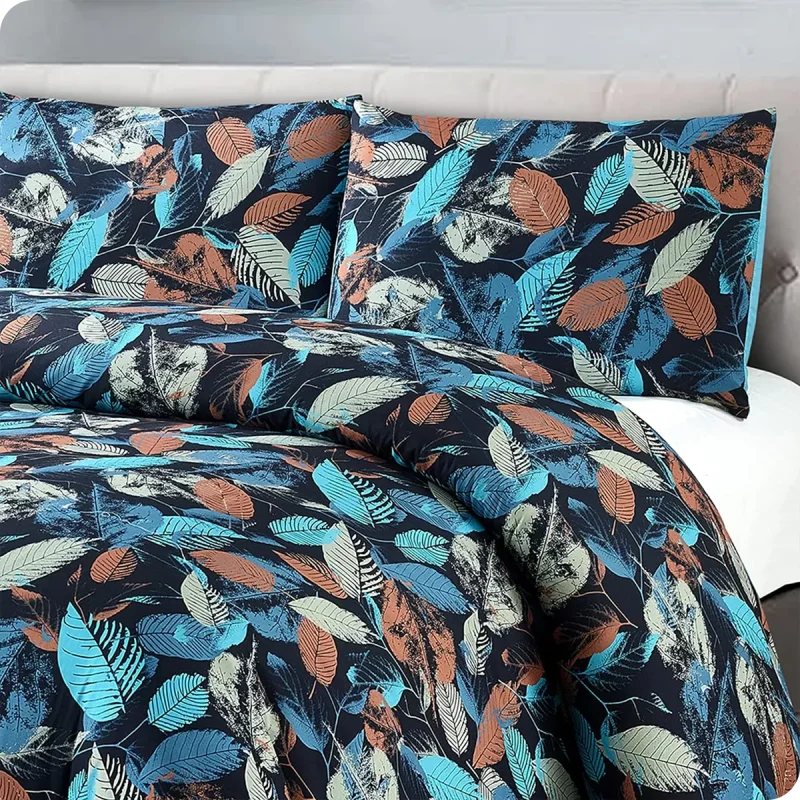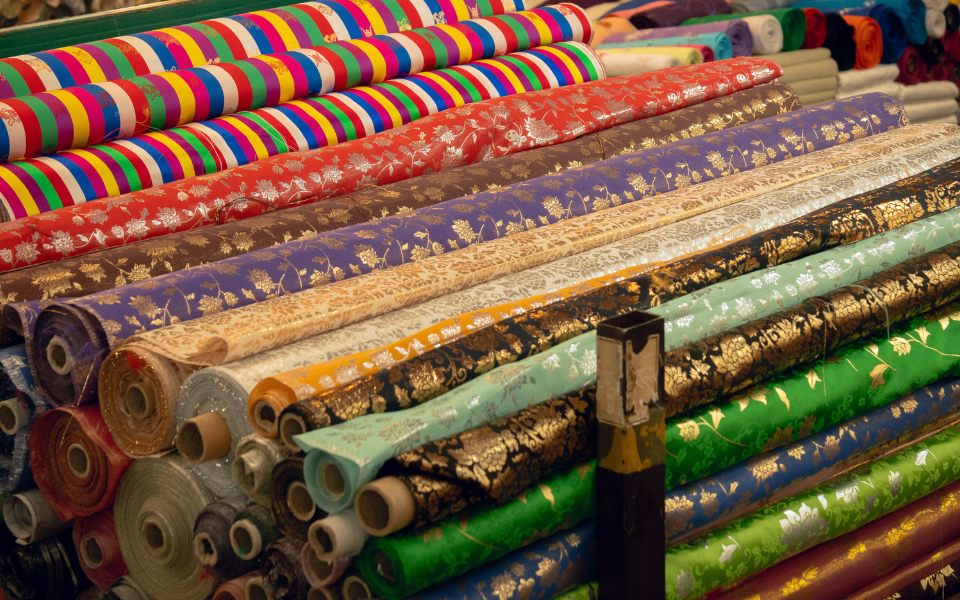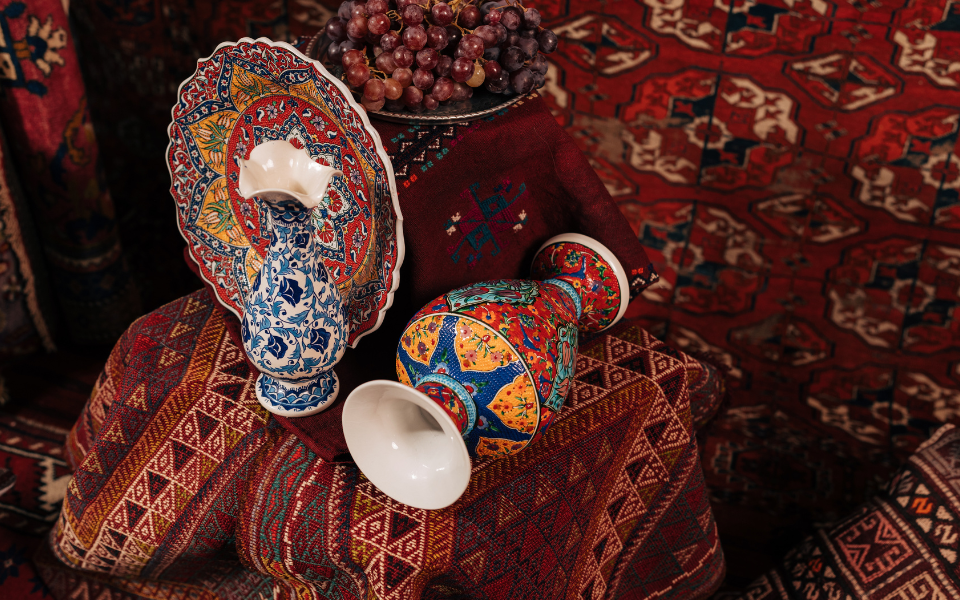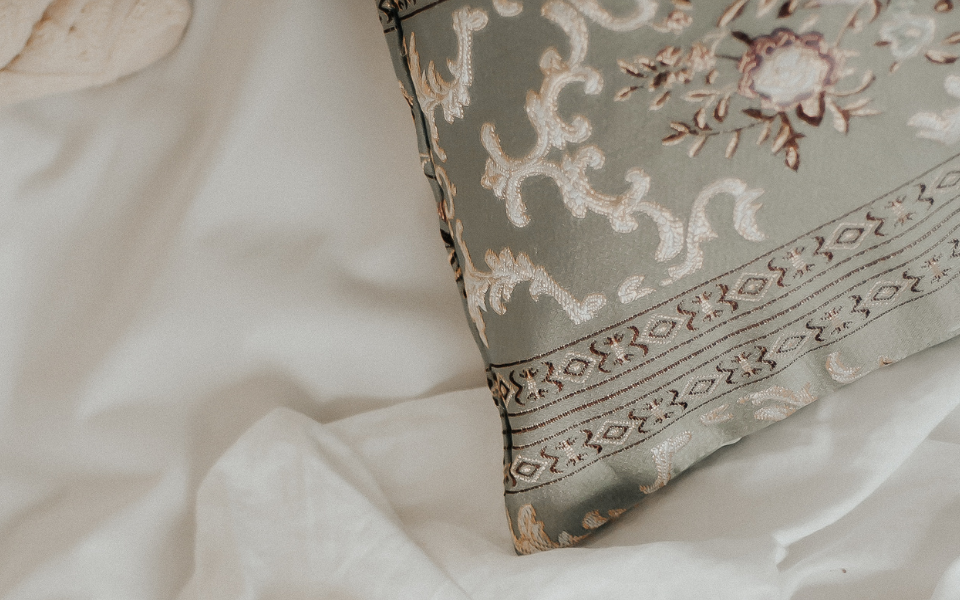
Decoding the Best Thread Count: Is Higher Always Better?
September 27, 2023
The Popular Home Decor Trends of 2023
October 13, 2023What Is Polyester?
Polyester: From Chemistry to Practical Applications
Polyester, a versatile polymer, is composed of ester functional groups in its main chain. When we think of polyester, we often refer to a specific type known as polyethylene terephthalate (PET). However, polyesters aren’t limited to synthetics; they can be found in nature, like in plants and insects, with some being biodegradable.
In the textile industry, polyester fibers are commonly blended with natural fibers like cotton. This blend results in fabrics that are strong, resistant to wrinkles and tears, and less prone to shrinking. Polyester’s synthetic fibers offer excellent resistance to water, wind, and environmental factors, making them ideal for various applications.
On the flip side, it’s important to note that synthetic polyesters are not as fire-resistant as some other materials and can melt when exposed to high temperatures. In industrial applications, liquid crystalline polyesters play a crucial role due to their exceptional mechanical properties and heat resistance, such as their use in jet engine components like abradable seals.
Polyester, with its wide range of properties, finds applications in diverse fields, from fashion to aviation. It’s a testament to the adaptability and usefulness of this remarkable polymer.
Is polyester a good quality material?
When considering value, which equates quality to cost, polyester emerges as a top choice for clothing. Its durability, water resistance, and ability to maintain shape and color make it a standout option. These attributes play a significant role in why polyester claims more than half of the entire fiber market and an impressive 80% of the synthetic fiber market.
Does polyester shrink?
Polyester fabric has a natural resistance to shrinkage. Unlike natural fibers such as cotton or wool, polyester fibers are synthetic and do not easily shrink when exposed to heat or moisture. However, it’s essential to follow the care instructions provided on the garment or textile product, as some blends of polyester with other fibers might have different shrinkage properties. Washing polyester items in cold water and avoiding high heat during drying can help maintain their shape and size over time.
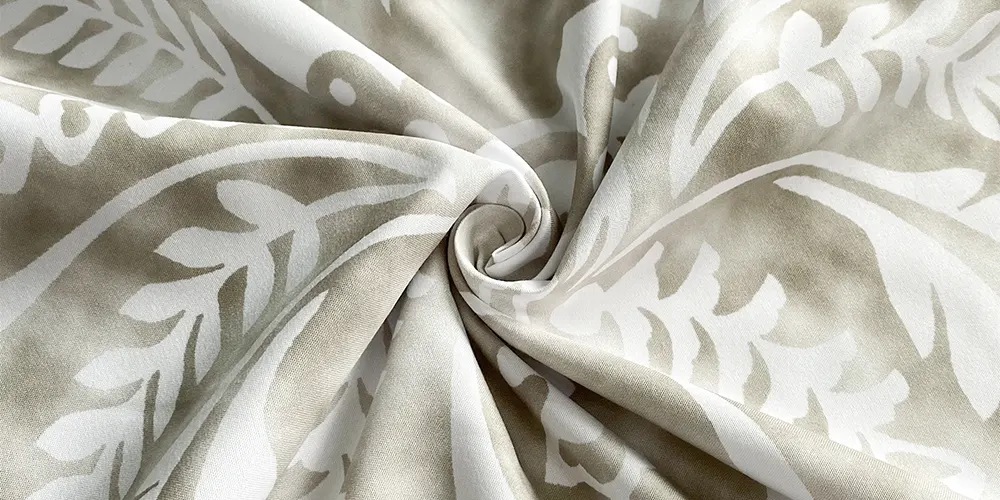
Is Polyester Prone to Permanent Wrinkles?
Polyester fabric naturally resists wrinkles, making it less susceptible to creases compared to natural fibers such as cotton. However, it’s not entirely wrinkle-proof. Although it’s less likely to develop deep creases, especially when compared to pure cotton fabrics, it can still have minor wrinkles after washing.
To prevent wrinkles in polyester items, it’s essential to follow proper care instructions. Using a lower heat setting on the iron or a steamer can help remove any minor wrinkles. Nevertheless, exposing polyester to extreme heat or using improper ironing techniques could potentially result in permanent wrinkles in the fabric.
Polyester vs. Cotton: Unraveling the Strengths and Weaknesses
Polyester boasts superior strength over cotton, attributed to its unique chemical composition and increased elasticity. Thanks to its hydrophobic nature, polyester-based fabrics repel perspiration, while cotton readily absorbs moisture. Additionally, cotton stands out for its exceptional breathability and hypoallergenic properties compared to polyester.
Uses and applications
Polyester threads and yarns are widely utilized in fashion and home decor, featured in clothing, furnishings, and various accessories. From shirts and hats to bedsheets and upholstery, polyester fabrics offer versatility and durability. In industrial applications, polyester fibers and ropes serve as reinforcements in car tires, conveyor belts, and safety gear, thanks to their high-energy absorption. Additionally, polyester’s hydrophobic nature lends stain resistance, making it ideal for pillows, comforters, and upholstery padding.
Beyond textiles, polyester plays a pivotal role in diverse industries. It’s used to create bottles, films, sails (known as Dacron), and even in the production of liquid crystal displays and holograms. In the world of craftsmanship, polyester is a favored finish for high-quality wood products such as musical instruments and vehicle interiors. Its thixotropic properties make it excellent for filling wood grain. Polyester’s resistance to wrinkles and shrinking makes it a preferred choice, especially for children’s wear. Moreover, it often combines with other fibers, like cotton, to achieve the desired characteristics of both materials. Once cured, polyester can be expertly polished to achieve a glossy, long-lasting finish.
Referenced
[2] Mendelson C (17 May 2005). Home Comforts: The Art and Science of Keeping House. Simon and Schuster. ISBN 9780743272865.
[3] “Thermal Spray Abradable Coatings”. www.gordonengland.co.uk. Retrieved 12 December 2018.
[4] “How polyester is made – material, manufacture, making, history, used, structure, steps, product, History”. www.madehow.com. Retrieved 4 December 2018.

